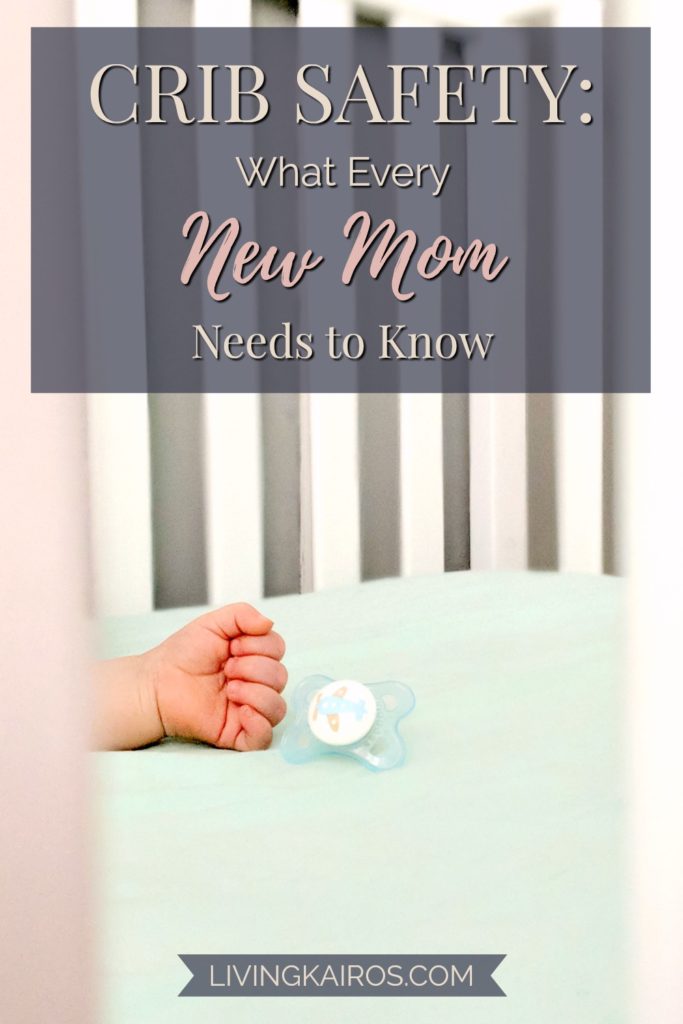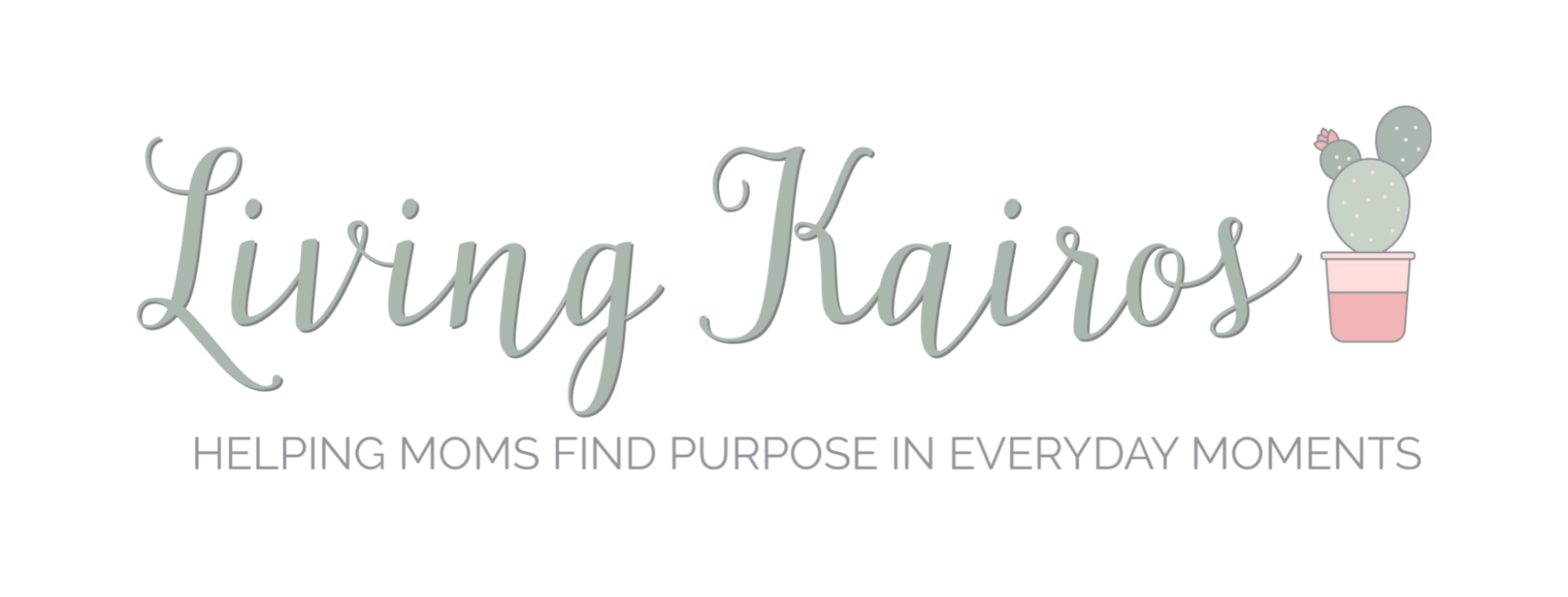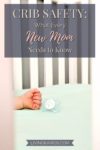As a new mom, you want the absolute best for your baby. You want him or her to be comfortable and cozy, feel loved and cared for, and of course, be safe. But one area you might not think about too much is crib safety. Did you know that not all cribs are created equal, and some sleep practices are actually dangerous to your little one?

Sudden Infant Death Syndrome (SIDS) is a terrifying concept, and one that absolutely haunted me from the moment we brought Little Man home from the hospital. According to the Mayo Clinic, sleep environment factors including sleep position, sleep surface, temperature, and bed-sharing can contribute to SIDS.
So what’s a mom to do? With a couple adjustments, your crib safety can be top notch, and your little one can sleep comfortably and safely in her own space.
Crib safety: design
When thinking about crib safety, first look at your crib’s design. As of 2011, new safety standards banned the sale of drop-side cribs. Although they are convenient, drop-side cribs are extremely dangerous because babies can get caught and suffocate or strangle. Instead, opt for a crib that you can adjust the mattress height. I’m not super tall, so lifting Little Man out of his crib can be a little difficult, but it’s much better to be safe than comfortable on my part.
Next, check your crib’s slat width. The slats should be close enough together that the baby can’t get stuck. The mattress should be firm and flat. Do not add any positioners unless instructed to do so by your pediatrician.
Finally, the American Academy of Pediatrics’ Health Children website recommends you check to see if your crib has been recalled. Many cribs are recalled because they don’t meet the current safety standards.
What should (and should not) go inside the crib
Less is more when it comes to stuff in your baby’s crib. For proper crib safety, the bedding should only consist of a tight fitted sheet.
Do NOT include: blankets and additional bedding
Little Man was born in the winter, and I obviously wanted to make sure he was warm enough while sleeping, but practicing crib safety means that loose blankets are a no-no. They present a suffocation and smothering hazard. To keep your baby warm, dress him in warm, long-sleeved pajamas with footies.
Utilize swaddle blankets to keep your baby warm (we love these swaddle blankets). Newborns especially love swaddling because they get a sense of security from a tight wrap. As your baby grows, you can transition to a sleep sack.
Do NOT include: Bumper pads
You want to keep your little one safe from potential bumps and bruises, so bumper pads seem like a great idea. However, the American Academy of pediatrics strongly recommends against them because the baby can suffocate if his face gets pressed against the pad. The ties used to attach the bumper to the crib can also cause strangulation. There really are few ways a baby can hurt himself in a crib that meets all the current safety standards, so a bumper is not necessary.
Do NOT include: stuffed animals and toys
To maintain crib safety, keep stuffed animals and toys out of your baby’s crib. These items cause a suffocation and strangling hazard, and can potentially hurt your baby if she falls wrong on them.
Do NOT include: bottles and sippy cups
These items should stay out of the crib as well. Not only does sucking on these items contribute to tooth decay, they can cause a choking hazard.
DO include: pacifiers
These are one of the few items that are safe to keep in your baby’s crib. The Mayo Clinic advises that offering a pacifier can reduce the risk of SIDS. Plus, sucking on a binky is less damaging to the teeth than your baby’s thumb.
Crib safety: mobiles
Mobiles are adorable and great for entertaining your baby as he grows. But in the spirit of crib safety, hang it high enough so your little one can’t pull it down on himself. When he starts pulling himself up in the crib, it’s time to take it down (unless it’s absolutely out of his reach).
Crib safety: positioning
To reduce the risk of SIDS, the Mayo Clinic recommends always placing your baby on her back to sleep every time for the first year. Even when she’s old enough to roll over in both directions on her own, always place her on her back. Remember, back is best!
Don’t freak out!
Don’t worry, mama. Crib safety isn’t really all that hard, and with a few adjustments, you can assure your little one sleeps soundly and safely. Make sure to do your research before you buy a crib, get a firm mattress and tight-fitting sheets, and make sure the crib is free of loose blankets and stuffed animals. Dress your baby in warm pajamas and swaddle to keep him warm. Avoid toys and bottles or sippy cups in the crib, and you are good to go. Crib safety is an important area to pay attention to, and both you and your love bug can rest easy.


